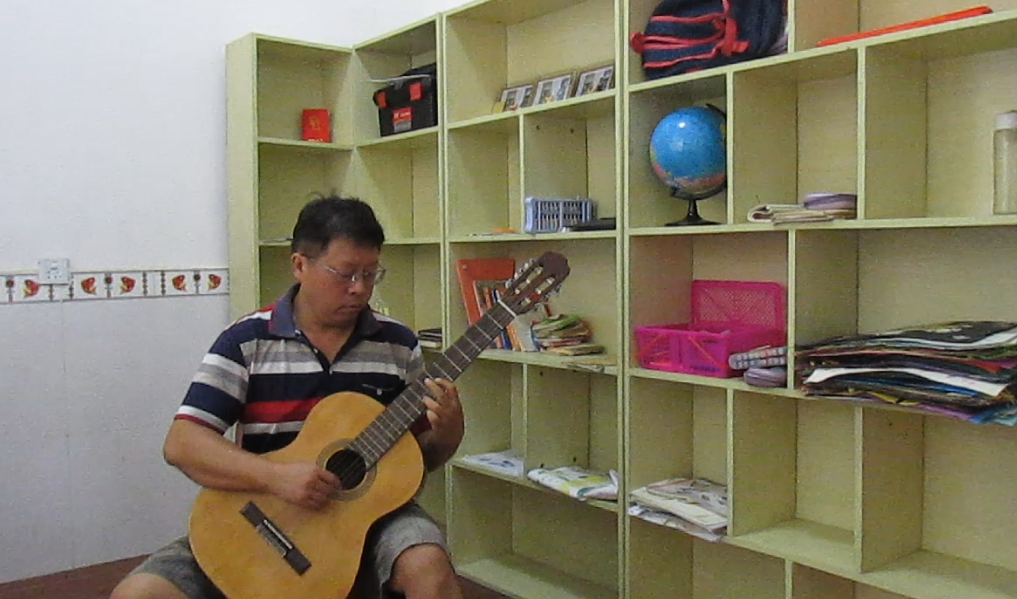The Spring Festival, that is, the Chinese Lunar New Year, commonly known as “New Year”, “New Year”, “Sui Dan”, etc., also known as “Guo New Year” and “New Year”, is a celebration of getting rid of the old and making new ones, worshiping gods and ancestors, praying for blessings and warding off evil spirits, reuniting with relatives and friends, and celebrating and entertaining. A folk festival that combines food and drink.
The Spring Festival has a long history and evolved from the worship of the first year of the year in ancient times. All things are based on the sky, and people are based on the ancestors. Praying for the year and offering sacrifices, worshiping the heavens and the ancestors, repaying the origin and reversing the beginning. The origin of the Spring Festival contains profound cultural connotations, and it carries rich historical and cultural deposits in its inheritance and development. During the Spring Festival, various activities to celebrate the New Year are held all over the country, with strong local characteristics.
In the early era of observation and time service, when the age was determined according to the shift of the stars, “Doubing Huiyin” was the beginning of the year. “Doubing Huiyin” rejuvenates the earth, and it starts again and again, everything is renewed, and a new cycle of reincarnation begins. In the traditional farming society, the beginning of spring is of great significance, and a large number of custom cultures related to it have been derived. In the historical development, although the use of calendars is different and the dates of the New Year’s Eve festivals are different, the festival framework and many folk customs have been inherited. In modern times, people set the Spring Festival on the first day of the first month of the lunar calendar, but it usually doesn’t end until the fifteenth day of the first month.
Headed by the Hundred Years Year, the Spring Festival is the most solemn traditional festival of the Chinese nation. Influenced by Chinese culture, some countries and regions in the world also have the custom of celebrating the New Year. According to incomplete statistics, nearly 20 countries and regions have designated the Chinese Spring Festival as a legal holiday for the whole or some cities under their jurisdiction. The Spring Festival, Qingming Festival, Dragon Boat Festival, and Mid-Autumn Festival are also known as the four major traditional festivals in China.













评论